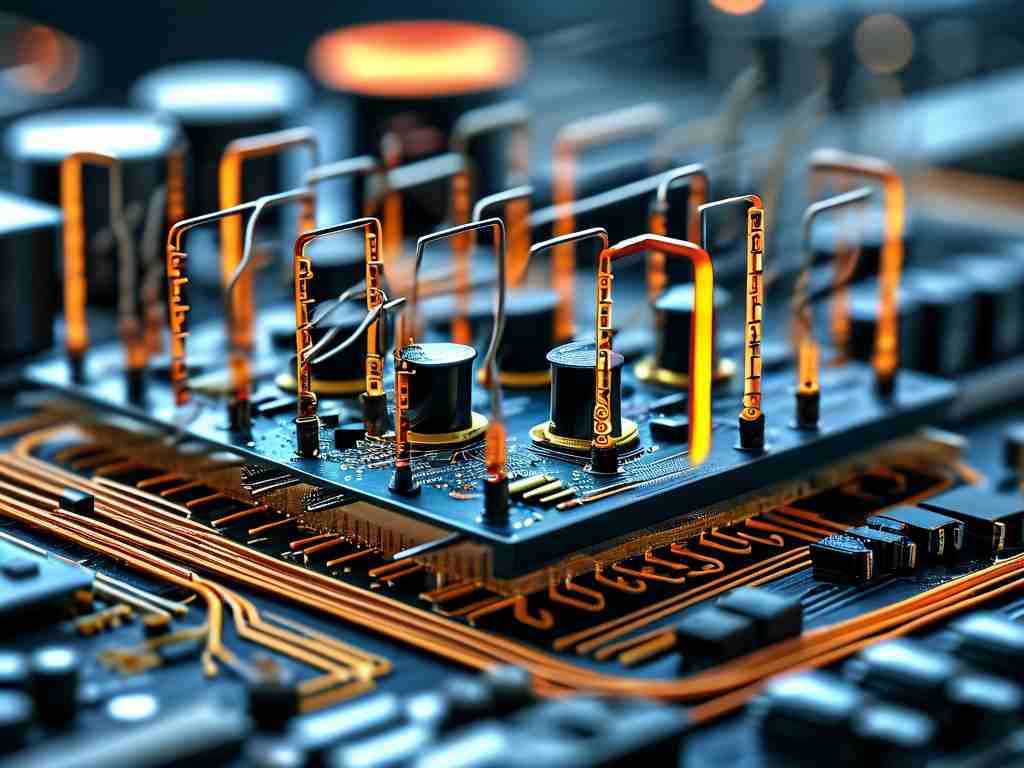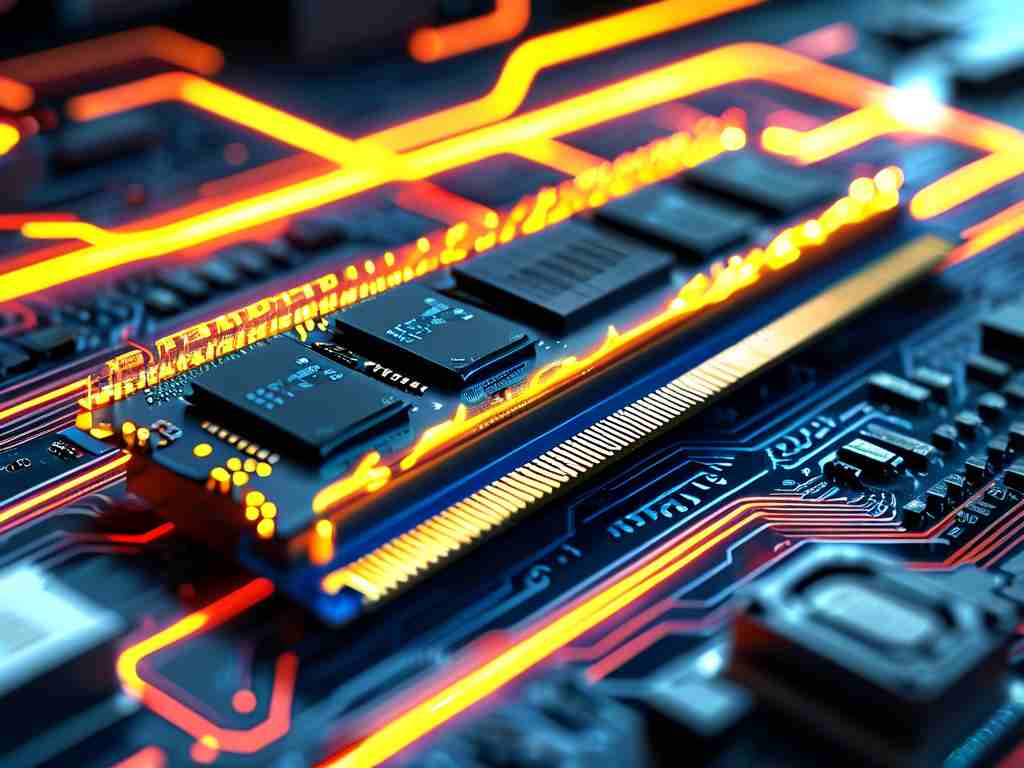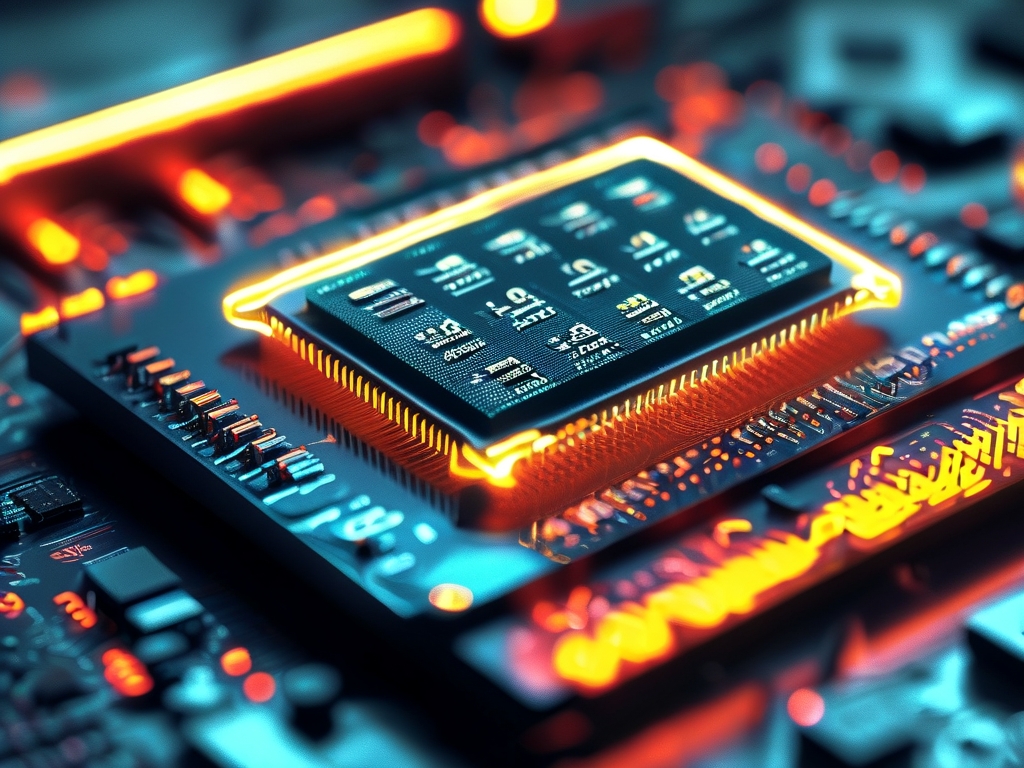Understanding the full-load current consumption of memory modules is critical for designing efficient electronic systems. This article explores the mathematical relationship between memory operations and power demands while providing practical calculation methods for engineers and hardware designers.

Fundamental Principles
The current draw in memory devices primarily depends on three factors: operating voltage (V), access frequency (f), and load capacitance (C). When memory operates at full capacity, the dynamic current consumption can be modeled using the formula:
I = C × V² × f × α Where:
- I represents dynamic current (A)
- C denotes effective load capacitance (F)
- V is supply voltage (V)
- f indicates operating frequency (Hz)
- α symbolizes activity factor (0-1)
Parameter Breakdown
- Load Capacitance (C): This includes parasitic capacitances from transistors and interconnects. For DDR4 modules, typical values range between 2-5 pF per I/O pin.
- Voltage Squared Relationship: The quadratic voltage dependency explains why low-voltage memory (e.g., LPDDR4 at 1.1V) significantly reduces current consumption compared to traditional 1.5V modules.
- Activity Factor (α): This dimensionless parameter accounts for simultaneous switching operations. Full-load conditions assume α=1, representing maximum simultaneous access.
Practical Implementation
Consider a DDR4 module operating at 1.2V with 4pF capacitance per data line and 3200 MHz clock frequency:
I = 4e-12 F × (1.2)^2 × 3.2e9 Hz × 1
= 4e-12 × 1.44 × 3.2e9
≈ 18.43 mA per data line For a 64-bit interface, total current consumption would approximate 1.18A (64 × 18.43mA). This calculation excludes static leakage current, which typically adds 10-15% overhead in modern memory chips.
Thermal Considerations
Full-load current directly impacts thermal design. Using the power formula P = I × V, our example module would dissipate:
P = 1.18A × 1.2V = 1.42W This thermal output requires appropriate heat dissipation measures, especially in high-density server configurations with multiple memory modules.
Optimization Strategies
- Voltage Scaling: Implementing dynamic voltage frequency scaling (DVFS) can reduce average current by 30-40% during low-utilization periods.
- Bank Interleaving: Distributing memory accesses across multiple banks lowers effective α value, decreasing peak current spikes.
- Low-Capacitance Design: Advanced packaging techniques like 3D stacking reduce parasitic capacitance through shorter interconnects.
Measurement Techniques
Accurate current measurement requires:
- High-bandwidth current probes (≥500MHz)
- Proper decoupling capacitor isolation
- Statistical analysis of current waveforms
Modern power integrity analyzers combine these measurements with thermal imaging to validate theoretical calculations.
Industry Trends
Emerging memory technologies present new calculation challenges:
- HBM (High Bandwidth Memory): Stacked designs introduce vertical capacitance components
- MRAM/NRAM: Non-volatile memories exhibit different current profiles during write operations
- Optical Interconnects: Photonic interfaces fundamentally alter traditional current models
Common Pitfalls
Designers should avoid:
- Ignoring temperature coefficients (current increases 0.3%/°C typically)
- Overlooking simultaneous switching noise
- Assuming linear frequency-current relationships
Mastering full-load current calculations enables optimized memory subsystem design. As memory architectures evolve, engineers must adapt calculation methods while considering emerging physical phenomena. The fundamental formula remains essential, but its application requires contextual understanding of specific memory technologies and operating conditions.



